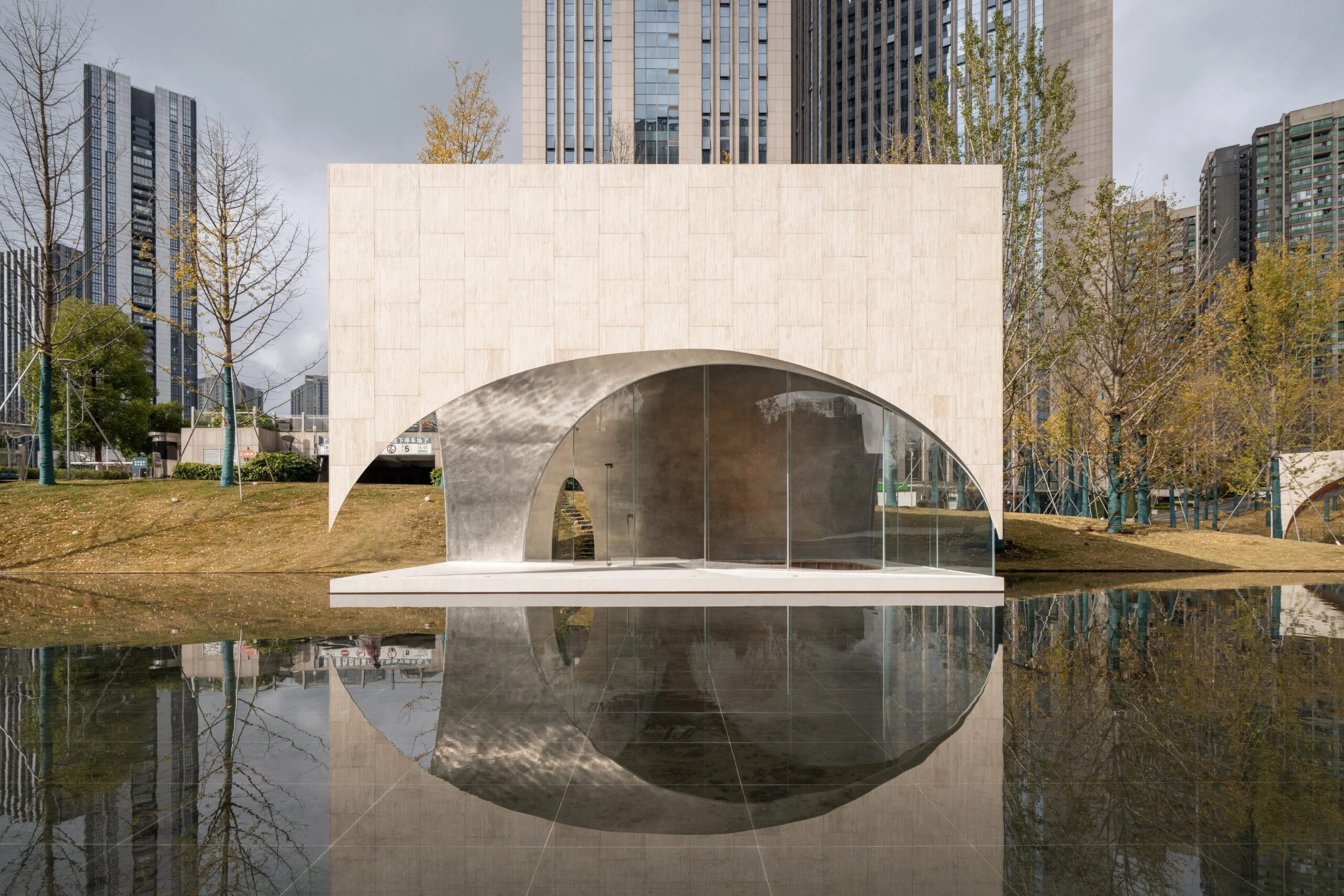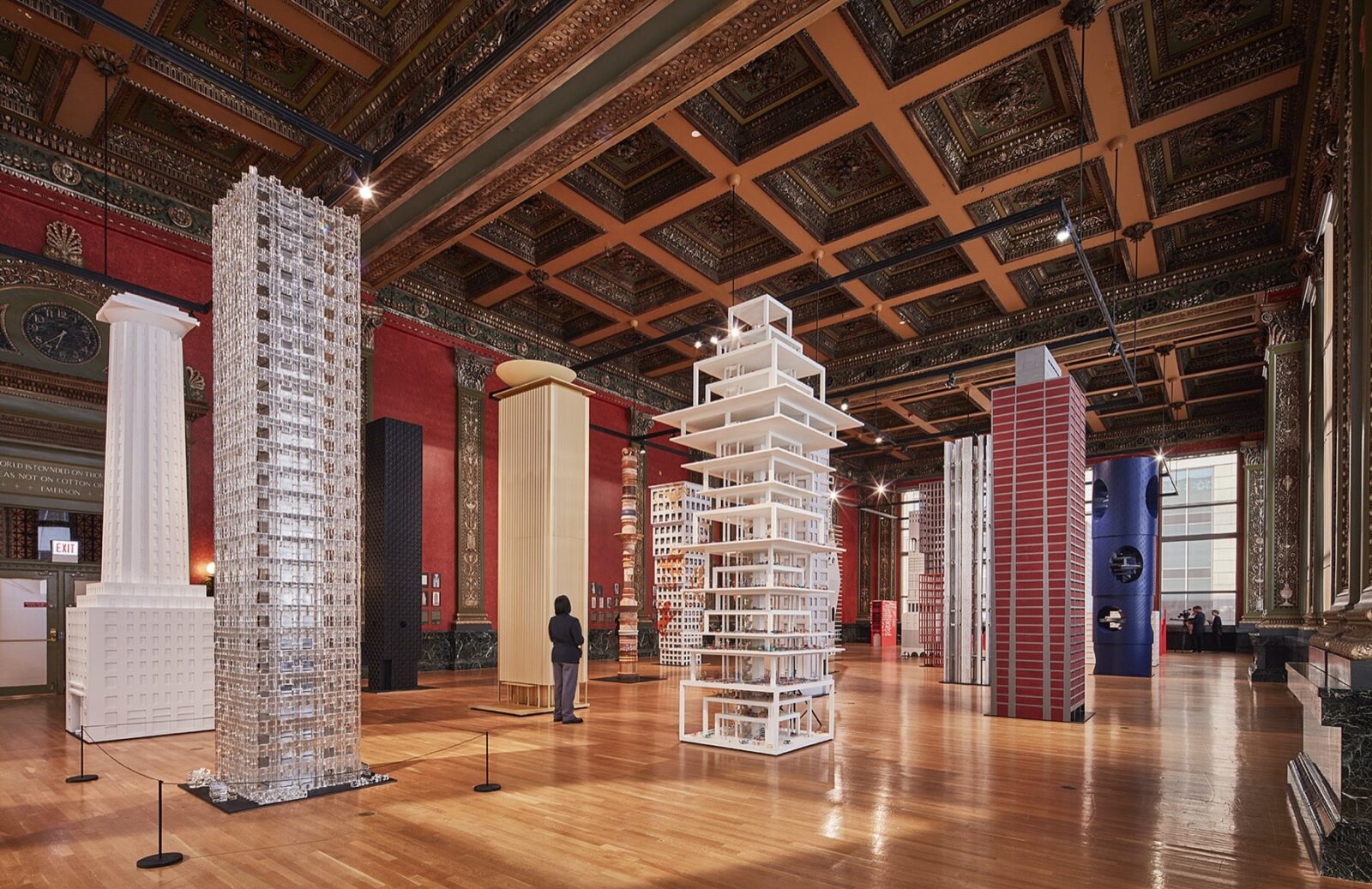- Home
- Articles
- Architectural Portfolio
- Architectral Presentation
- Inspirational Stories
- Architecture News
- Visualization
- BIM Industry
- Facade Design
- Parametric Design
- Career
- Landscape Architecture
- Construction
- Artificial Intelligence
- Sketching
- Design Softwares
- Inspirational Stories
- Diagrams
- Writing
- Architectural Tips
- Sustainability
- Courses
- Concept
- Technology
- History & Heritage
- Future of Architecture
- Guides & How-To
- Projects
- Interior Design
- Competitions
- Jobs
- Store
- ToolsNew
- More
- Home
- Articles
- Architectural Portfolio
- Architectral Presentation
- Inspirational Stories
- Architecture News
- Visualization
- BIM Industry
- Facade Design
- Parametric Design
- Career
- Landscape Architecture
- Construction
- Artificial Intelligence
- Sketching
- Design Softwares
- Inspirational Stories
- Diagrams
- Writing
- Architectural Tips
- Sustainability
- Courses
- Concept
- Technology
- History & Heritage
- Future of Architecture
- Guides & How-To
- Projects
- Interior Design
- Competitions
- Jobs
- Store
- ToolsNew
- More
A Statement of Craft and Care: The Rolex Pavilion at the 2025 Venice Biennale

At the 2025 Venice Architecture Biennale, Rolex presents a pavilion that speaks softly but meaningfully about sustainability, craftsmanship, and thoughtful design. Created by Nigerien architect Mariam Issoufou, the structure reflects Rolex’s ongoing commitment to long-lasting values—both in watchmaking and in the built environment.
Set in Venice’s Giardini, the pavilion stands out with its simple but elegant use of materials. The exterior is made from reclaimed wood beams, arranged in a way that nods to the classic fluted bezels of Rolex watches. Inside, the space is brought to life with a terrazzo floor made from recycled glass and a colorful ceiling featuring handmade Murano glass—a tribute to Venice’s artisanal history.

Telling Stories Through Design
The pavilion doesn’t just show architecture—it tells stories. A short film introduces the building process and the ideas behind it. Another key part of the exhibition is a documentary titled Bourj Hammoud: The Value of the Existing, which follows architect Arine Aprahamian’s work in Beirut, under the mentorship of Anne Lacaton. It’s a thoughtful look at how existing buildings and communities can be reimagined rather than replaced.
Also featured are two recently redesigned Rolex boutiques—one in Milan, one in Tokyo. These projects, by ACPV Architects and Gwenael Nicolas, show how sustainability can be built into everyday spaces, not just in big gestures but in the details.

In Tune with the Biennale’s Theme
This year’s theme, Intelligens: Natural. Artificial. Collective., invites participants to think about the relationships between people, nature, and technology. The Rolex Pavilion answers this call with a design that combines traditional techniques with a modern mindset—reminding us that innovation doesn’t always mean high-tech. Sometimes, it’s about using what we already have, in better ways.

Why It Matters
The Rolex Pavilion may be temporary, but its message is lasting. It’s a quiet yet powerful reminder that good design is not only about visual appeal. It’s about the stories behind materials, the people who shape them, and the deeper purpose they serve in our environment. In a time when fast consumption and short-lived trends dominate many areas of design and construction, the pavilion stands as a thoughtful counterpoint. It invites us to slow down and consider the full journey of an architectural space: where its elements come from, how they’re crafted, and how they interact with both local culture and the global climate. This kind of design doesn’t shout; it speaks gently, but with conviction; encouraging a mindset of care, longevity, and responsibility. In this way, the Rolex Pavilion goes beyond being just an architectural installation; it becomes a symbol of design that respects the past, responds to the present, and prepares for the future.

- 2025 Biennale Rolex
- 2025 Venice Biennale events
- artisan watchmaking exhibits
- experience Rolex craftsmanship
- high-end watch displays
- luxury watch exhibitions
- Rolex art and care
- Rolex at Venice art show
- Rolex Biennale pavilion
- Rolex craftsmanship
- Rolex craftsmanship showcase
- Rolex design and innovation
- Rolex exhibition Venice 2025
- Rolex luxury pavilion
- Rolex luxury watch exhibition
- Rolex Pavilion exhibits
- Rolex Pavilion Venice Biennale 2025
- Rolex Venice Biennale
- Rolex watchmaking art
- Venice Biennale luxury brands
Submit your architectural projects
Follow these steps for submission your project. Submission FormLatest Posts
Gensler Earns Top Honor from AIA Chicago for a Decade of Design Excellence
Gensler’s Chicago office has been honored with the 2025 AIA Chicago Firm...
AYDC Public Art Complex: Sculpting Dreams in the Mountains of Guiyang
AYDC in Guiyang. Short for A Yun Duo Cang—which translates from the...
World Architecture Festival WAF 2025 Shortlist Announced!
The World Architecture Festival (WAF) is one of the most important global...
Chicago Architecture Biennial 2025: SHIFT Explores Radical Change Through Design
The Chicago Architecture Biennial (CAB) has officially announced the participants of its...












Leave a comment